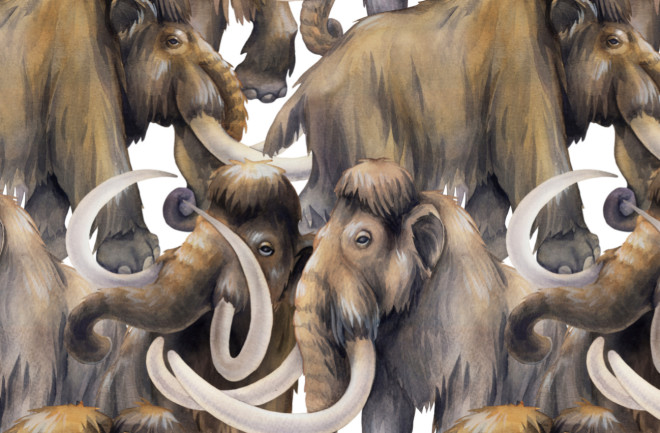The last woolly mammoth likely roamed around 4,000 years ago. Modern humans lived alongside the animals for thousands of years — and before that, the Neanderthals used woolly mammoths for almost everything imaginable: food, shelter, tools, art. The world’s oldest known musical instrument, a flute, was fashioned from mammoth ivory.
In the very near future, however, humans may cross paths with the extinct beasts once again.

